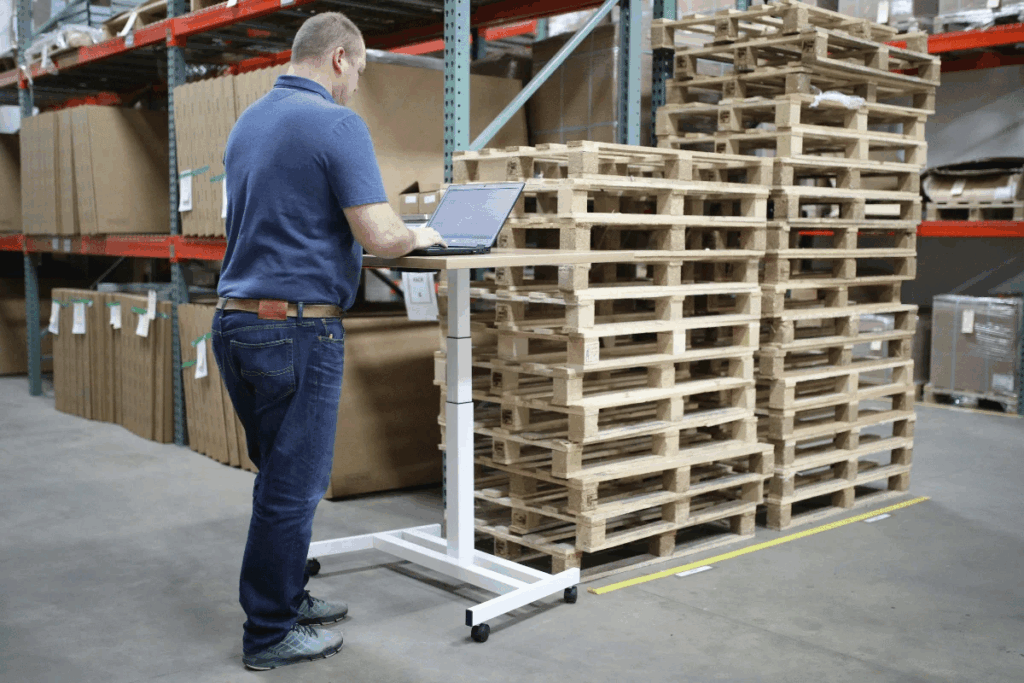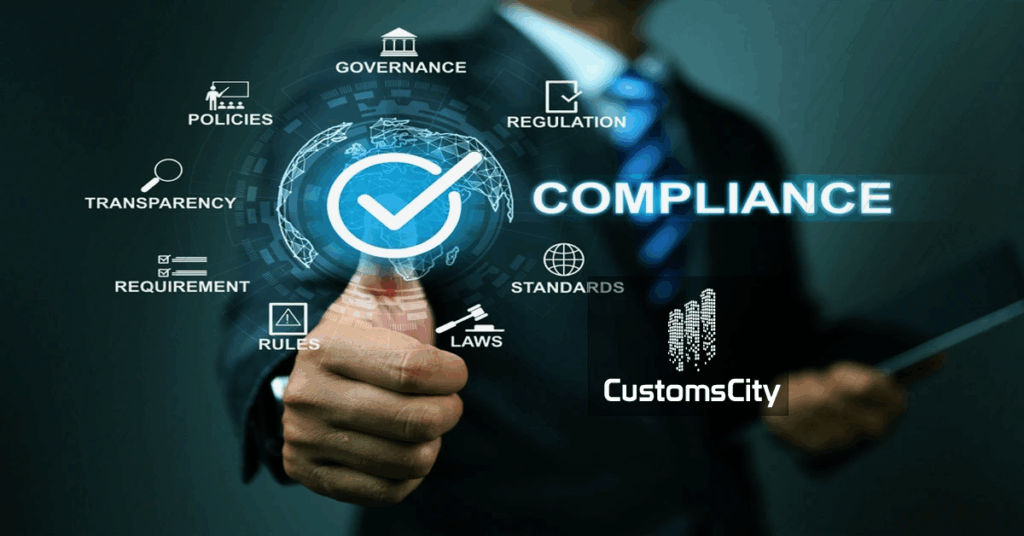Cross-Border Ecommerce Logistics Trends in 2025: What’s Changing and Why
Cross-Border Ecommerce Logistics has become one of the fastest-growing parts of global trade, with more people shopping online from international stores and businesses shipping products worldwide. More people are shopping online from international stores, and businesses are shipping products to customers in every corner of the world. But in 2025, cross-border e-commerce logistics will undergo big changes. Technology, customer expectations, and global regulations shape how goods are shipped and delivered.
Let’s examine the main trends driving these changes and why they matter to sellers, buyers, and logistics providers.

1. Faster and More Transparent Shipping
In the past, cross-border orders could take weeks, with little tracking information available. In 2025, customers expect faster delivery and full visibility of their package’s journey.
Many logistics companies now use real-time tracking systems that give customers live updates from pickup to delivery. These systems use GPS and smart sensors to track location, temperature, and handling conditions.
Faster customs clearance is also helping. Countries are adopting digital customs platforms that process shipments automatically, reducing border delays.
2. AI-Powered Logistics Planning
Artificial Intelligence (AI) will become a key part of cross-border logistics in 2025. AI systems can analyze large amounts of data to predict demand, optimize shipping routes, and suggest the best warehouse locations for storing products closer to customers.
For example, AI tools can detect seasonal sales trends and help companies prepare inventory in advance. This means fewer stock shortages and faster delivery times.
AI also helps with risk management by predicting potential shipping delays caused by weather, strikes, or geopolitical issues, so companies can adjust their plans early.
3. More Localized Fulfillment Centers
Many e-commerce businesses set up localized fulfillment centers in key regions to reduce delivery times and costs. Instead of shipping every order from one country, sellers store inventory in warehouses closer to the target market.
This model, often called distributed warehousing, is becoming a standard practice for global brands. It shortens shipping time, lowers customer customs fees, and improves the overall shopping experience.
4. Growth of Green Logistics

Sustainability is now a major focus in the logistics industry. Customers and governments are pushing for eco-friendly practices in cross-border ecommerce.
In 2025, more companies are using electric delivery vans, biofuel-powered ships, and carbon offset programs to reduce their environmental footprint. Packaging is also changing, with more recyclable and biodegradable materials replacing plastic.
Green logistics helps the planet and improves a brand’s image. Many customers prefer to shop from businesses that show commitment to sustainability.
5. Flexible Delivery Options
Ecommerce buyers want more control over how and when they receive their orders. In 2025, logistics providers are offering flexible delivery options like:
- Delivery to lockers or pickup points
- Rescheduling delivery time slots
- Same-day or next-day international shipping (in select regions)
These options give customers convenience and reduce failed deliveries, saving sellers and shipping companies money.
6. Increased Focus on Customs Compliance

With more countries tightening trade regulations, customs compliance is more important than ever. Incorrect paperwork or missing tax information can cause long delays and extra costs.
In 2025, many logistics providers use automated customs compliance tools to ensure all shipments have the correct documents, codes, and duty payments before leaving the warehouse.
Some platforms, like centralized shipping management systems, also integrate customs rules for different countries so sellers can avoid mistakes.
7. Evolving Payment and Currency Solutions
Cross-border e-commerce logistics involves moving goods and processing payments smoothly. Currency conversion fees and payment delays have been long-standing challenges.
More companies are integrating multi-currency payment gateways and instant cross-border payment systems this year. These tools allow customers to pay in their local currency while sellers receive the payment quickly, making the buying experience easier and faster.
Why These Changes Matter for Your Business

These trends are more than just industry buzzwords. They directly affect a business’s ability to compete in the global market.
- Faster shipping keeps customers happy and encourages repeat purchases.
- AI and localized fulfillment lower costs and improve efficiency.
- Green practices attract eco-conscious buyers.
- Flexible delivery meets the lifestyle needs of modern shoppers.
If a company ignores these changes, it risks losing customers to competitors who offer better service.
How postalparcel Can Help
At postalparcel, we understand that cross-border ecommerce logistics in 2025 is about speed, transparency, and customer satisfaction. Our platform provides:
- Real-time package tracking across multiple carriers
- Integrated customs compliance tools
- Flexible delivery and pickup options
- Support for eco-friendly shipping solutions
Whether you are shipping to a neighboring country or halfway across the world, we help you navigate the latest logistics trends and deliver a seamless experience for your customers.
Conclusion
Cross-border e-commerce logistics in 2025 will be faster, smarter, and greener than ever before. With AI, real-time tracking, localized warehousing, and sustainable shipping methods, businesses can meet rising customer expectations while staying competitive.
By adapting to these changes, sellers can improve their logistics performance and build stronger trust and loyalty with global customers. With a partner like Postalparcel, you have the tools and support to succeed in this evolving landscape.
Industry Insights
news via inbox
Nulla turp dis cursus. Integer liberos euismod pretium faucibua








